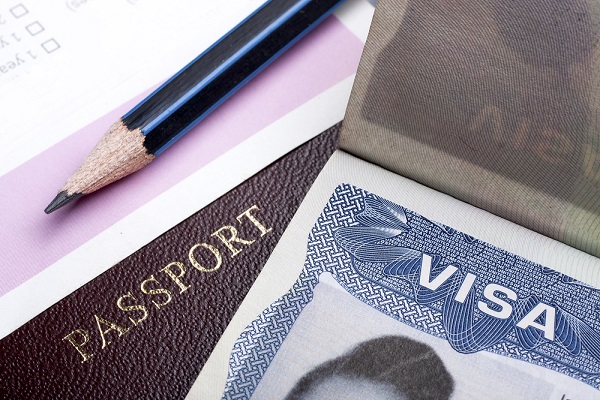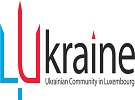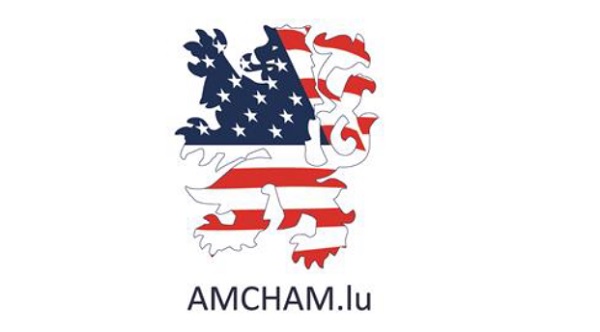
For those who hold a British passport, travelling across Europe or back to the UK after Brexit has, unsurprisingly, introduced a number of frustrating changes to what was once a relatively straightforward process. In days of old a simple passport check was all that was required to cross an external border into the UK or European Union’s Schengen zone. However, the UK’s exit from the European Union (EU) introduced a number of changes. British passport holders can no longer use the "EU/EEA/CH" lanes at EU border crossing points, and entry (with the right to remain) requires a work or resident permit. On the surface this may not appear to have much of an impact but it has introduced a few, often frustrating, extra steps into the process of travelling from and returning to the EU from abroad for those who hold British passports and who not have dual nationality.
Now, for full disclosure, I’m an anti-Brexit, single man with no children. Travelling abroad for me is, comparatively speaking, a breeze. I only have to organise travel for myself but I am aware of the pain my British friends have to go endure when travelling abroad with their children. They have to deal with ensuring they have all the additional identification to hand and be prepared for the potential problems that even a minor issue can cause.
If you’re travelling on a British passport, you’re well aware that you can’t take advantage of the convenience presented by the digital passport checking systems (ePassport gates). It’s the old world passport control desks for us Brits. Control desks which have become more overcrowded because of our added presence and the fact that immigration control staffing levels were reduced due to the introduction of the aforementioned ePassport gates.
Those lovely ePassport gates rely on users carrying biometric passports, which were first introduced by EU Member States in 2004. They contain a microchip with all the required traveller information as well as a digital version of one’s passport photo. When ePassport gates were introduced in the EU from 2006 onwards they promised to take advantage of this technology by checking your credentials manually and removing the requirement to queue at Passport Control.
However, post-Brexit, the luxury of using an ePassport gate is no longer possible for us Brits because the machines are not designed to perform the additional checks required because of our non-EU status. Even those of us Brits lucky to have residency in a European country have to queue at passport control because the automated gates are unable to check and verify the work visas and residence permits we must now carry when we choose to travel outside of the EU.
At this point you may be thinking that you know all this and we’ve all have had plenty of time to adjust to the hassle. However, we have yet more layers to add to this bureaucracy in the form of the Electronic Travel Authorisation (ETA), courtesy of the UK Government, and the European Travel Information and Authorisation System (ETIAS), courtesy of the European Union (EU).
As part of the UK government plans to fully digitise its border control and immigration systems, from 2 April 2025 anyone visiting the UK from a visa-exempt nation, except those who are British or Irish citizens, need to secure permission to travel in advance by applying for an ETA or an eVisa.
At first this new travel requirement would not appear to adversely affect those with British (or Irish) passports travelling to the UK (and returning to homes in the EU) but authorities on the UK side have already raised warnings regarding the additional strain this will place on the UK’s already overworked immigration services at passport control or, as I like to call it, The Place Where People Go To Queue. Warnings have also been raised regarding the system that is used to apply for an ETA visa and its (in)ability to handle and process the anticipated initial wave of applications, meaning applicants will have to queue online to enjoy the privilege of queuing later at the airport.
The cost for the ETA is £10 and applications can only be made via the UK Government’s dedicated phone app. A processing time of 24 hours was initially mooted but the UK Home Office recently revised that estimate to two to three business days. Anyone familiar with any form of travel system changes in the UK will already know that there will be teething problems both at the point of application and at the point of travel.
The ETA requirement has already been in effect for non-EU travels since 8 January 2025 and, according to the authorities, there has been little impact except for situations where travellers were unaware of the new requirements. However, that does not factor in the additional time it takes to process these documents at passport control. For those who must take connecting flights to travel to/from the UK/EU this only adds an additional layer of tension when you have a short connection time. I can’t say your kids will love it…
To make matters worse, in parallel with the UK’s introduction of the ETA, European Member States are (along with bordering countries: Iceland, Liechtenstein, Norway and Switzerland) also introducing the European Travel Information and Authorisation System (ETIAS) in May 2025. Travellers from 60 visa-exempt countries, including the US, will need an ETIAS authorisation to enter 30 European countries for short stays. ETIAS will be linked to the traveller’s passport and will remain valid for three years or until the passport expires, whichever is sooner. The authorisation will cost €7 and permits multiple short-term entries of up to 90 days within 180 days. Unsurprisingly, similar warnings regarding administrative issues and the introduction of longer queues have also been raised in relation to this new requirement. The same queues us Brits must use post-Brexit.
At this point I’ve not even touched on the impact of the EU’s Exit Entry System (EES), which is due to be introduced by the EU in May 2025 but has yet to be given a definitive implementation date. EES will replace the current system of manual stamping of passports, which is deemed both time consuming and not reliable at providing sufficient data on border crossings. It also doesn’t allow for systematic detection of over-stayers (travellers who have exceeded the maximum duration of their authorised stay).
EES will function by checking a person's name and the type of travel document being used, will check biometric data (fingerprints and facial images) and record the date and place of entry and exit. If the fingerprint data and facial images do not yet exist on record they will be taken at passport control. A process which is estimated to around ten minutes per person to complete. The Port of Dover, where the vast majority of the UK’s land-based exports into the EU take place is already anticipating considerable issues when the new EES border control IT system comes into effect, with warnings already being made by the port's management.
In the modern world convenience has proven to be both a privilege and a curse. Our societies have sought to streamline processes in every aspect of life yet somehow life continues to ensure that when it comes to administration, the promises of ease-of-use and simpler procedures never materialise. Queues in both the physical world and online only seem to increase.
Security is often the main reason for the introduction of these additional administrative processes and, yes, security should always be a priority, particularly with the diverse range of threats which exist today and as the ever more contentious issue of immigration continues to drive headlines and fuel both sides of the political arguments about who should and should not be allowed to cross borders.
But should we not be making things simpler instead of more complicated? Can we not recognise that these additional layers of bureaucracy only make people angrier and more frustrated, instead of using them as the basis for political rhetoric and arguments about what our borders are and what they mean to us? This also adds further weight to the existing criticisms of the EU and its ongoing adherence to bureaucracy and more regulation.
Travel, regardless of the reasons for it, is a two-way experience: leaving and returning. Unfortunately, for the British to experience anything outside of the UK it is fast becoming a bureaucratic burden and one which comes at a monetary and cultural cost.
If only we were more closely aligned with our European neighbours. At least then we could have ensured that everyone involved in that relationship was part of the design of a more secure system of travel and border control which didn’t force us to queue more than we ever have before.
That old adage about the British loving to queue rings a little hollow these days. Does anyone know where I should queue to complain?








